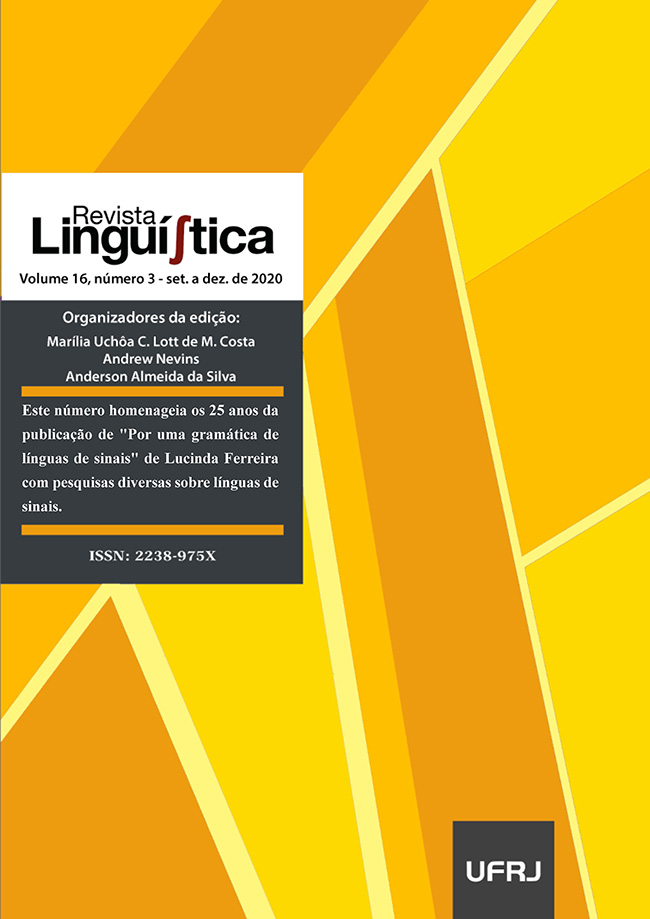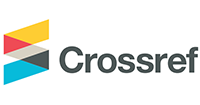Visual recognition of orthographic and fingerspelled words by deaf participants
DOI:
https://doi.org/10.31513/linguistica.2020.v16n3a34233Keywords:
visual word recognition, orthography, fingerspelling, lexical type.Abstract
This paper aims to understand the effect of lexical type in the process of visual recognition for orthographic and fingerspelled words by deaf people with restrictions of orality, based on the result obtained in lexical naming tests applied with the public pointed. The variables defined for investigation were the modality (orthographic and fingerspelled) and the lexical type (word, pseudoword and non-word) of the stimuli. The performance result in each variable (lexical type and modality) has the potential to verify the paper of Portuguese phonology and the Libras system in the recognition process. A comparison with nested models indicated that the lexical type (Chisq: 134.11 p <0.0001) and the modality (Chisq: 77.19 p <0.0001) have a significant effect on the distribution of the data set. The number of total correct answers was higher in the orthographic test (42.2%) than in the fingerspelled test (17.6%), suggesting an effect of the orthographic staticity on the memory to recall the parts (bottom-up) or greater familiarity with orthographic words features, more frequent than fingerspelled l. From the total number of correct answers by category (word: 60.2%; pseudoword: 22%; non-word: 7.56%) there was convergence with studies that point to easier recognition for word conditions, rather than pseudoword and non-word conditions, pointing the word category as more productive. The clash between the fingerspelled modality and the pseudo-word and non-word categories may have resulted in a worse performance for this type of modality.
Downloads
Additional Files
Published
Issue
Section
License
Authors who publish in the Revista Linguí∫tica agree with the following terms:
The authors maintain their rights, ceding to the journal the right to first publication of the article, simultaneously submitted to a Creative Commons license permitting the sharing with third-parties of published content as long as it mentions the author and its first publication in the Revista Linguí∫tica.
Authors may enter into additional agreements for the non-exclusive distribution of their published work (for example, posting in online institutional or non-profit repositories, or book chapters) so long as they acknowledge its initial publication in the Revista Linguí∫tica.

The journal Revista Linguí∫tica is published by the Post-Graduate program in Linguistics of UFRJ and employs a Creative Commons - Attribution-NonCommercial 4.0 International (CC-BY-NC).









